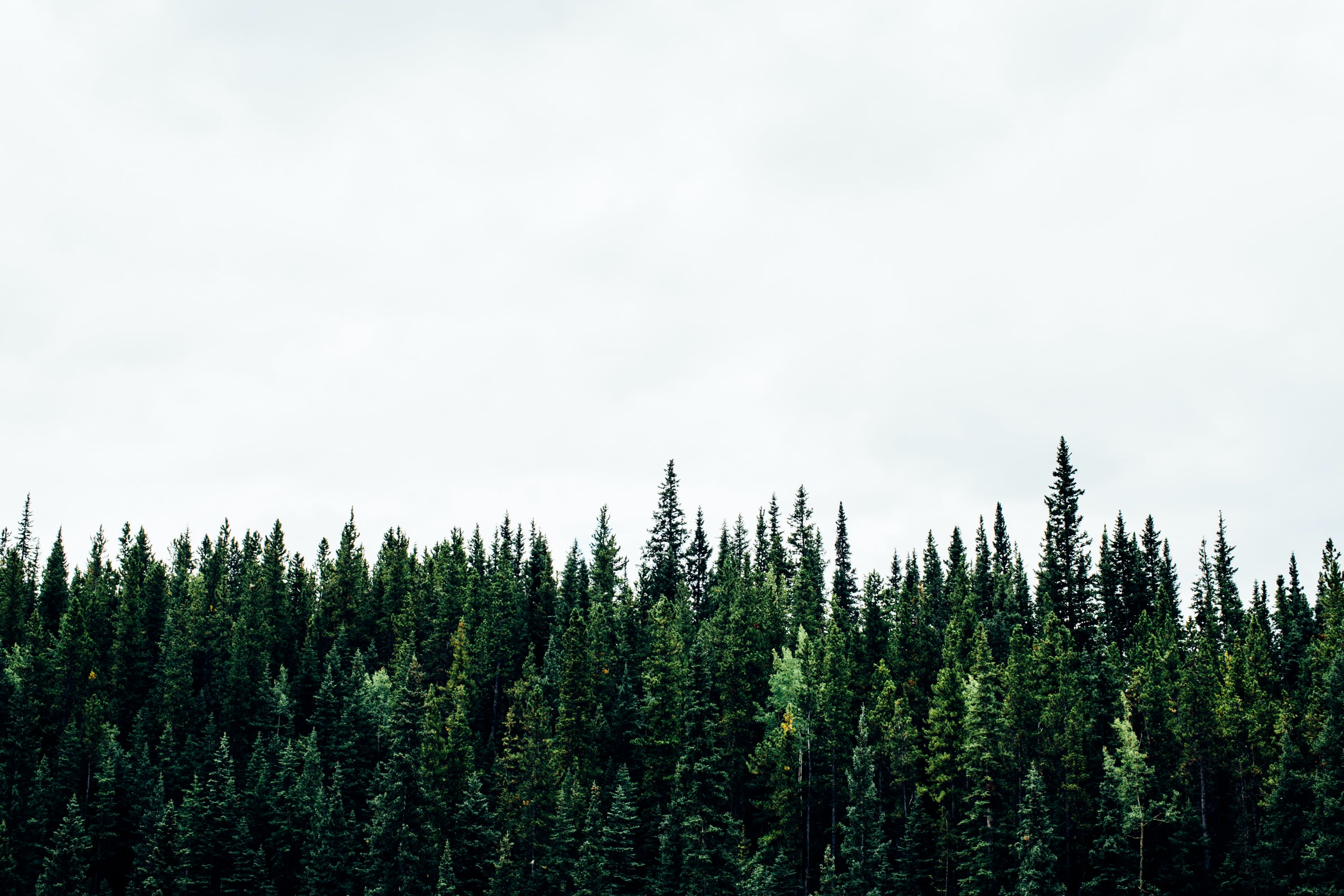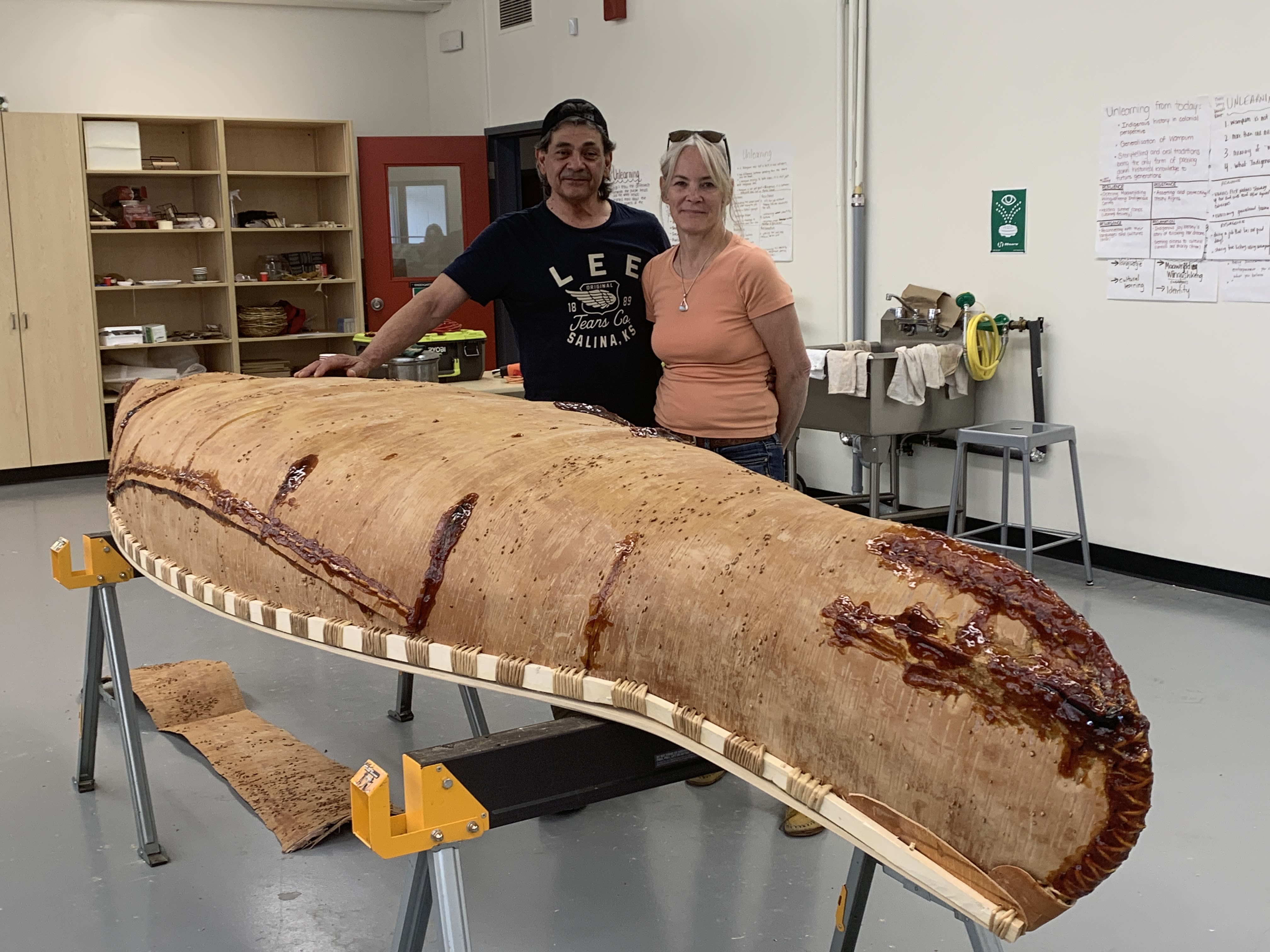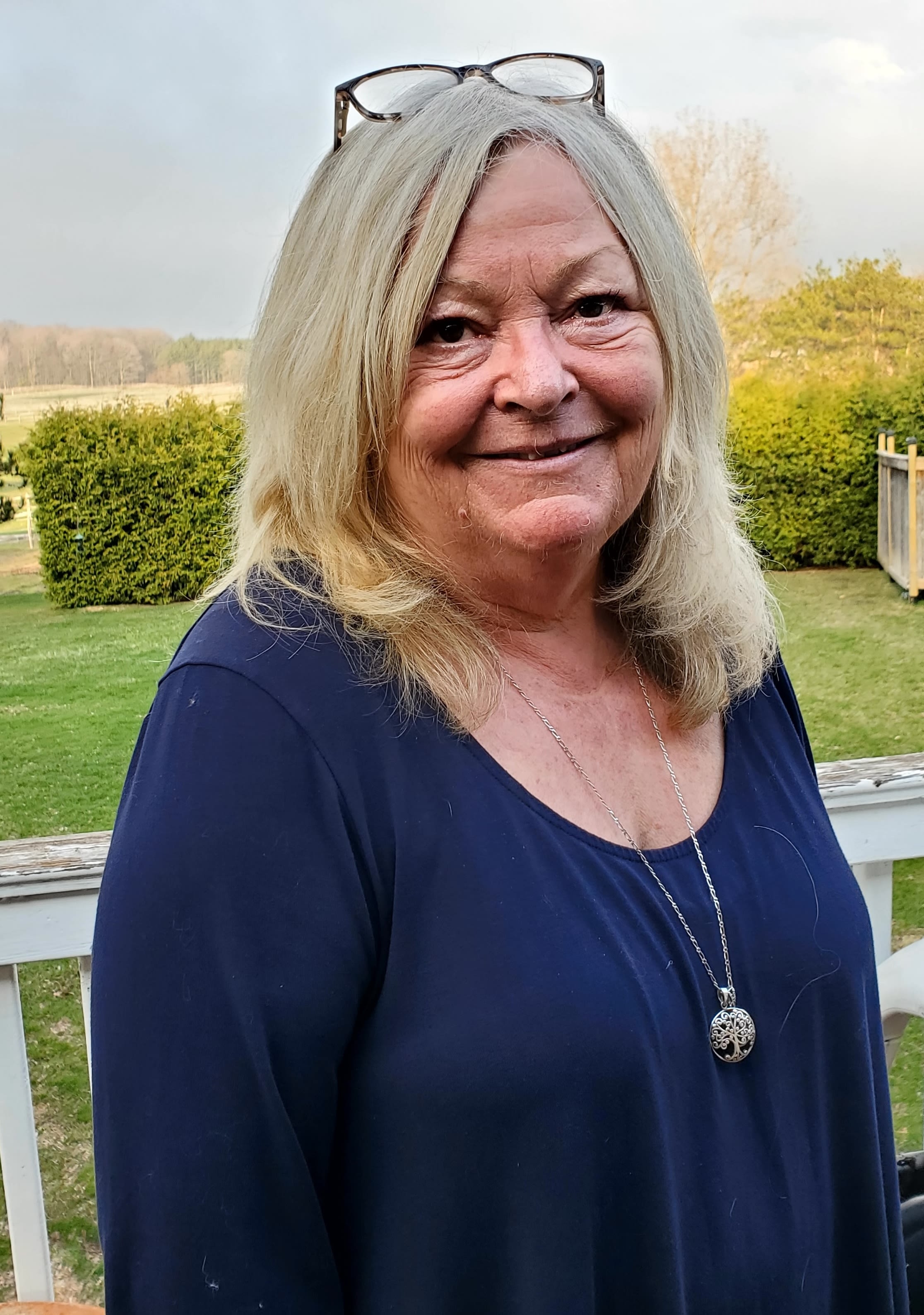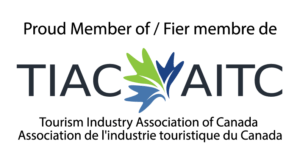Shaped By Water
The Sacred Journeys of Three Birchbark Canoe Builders
By Jane Finn
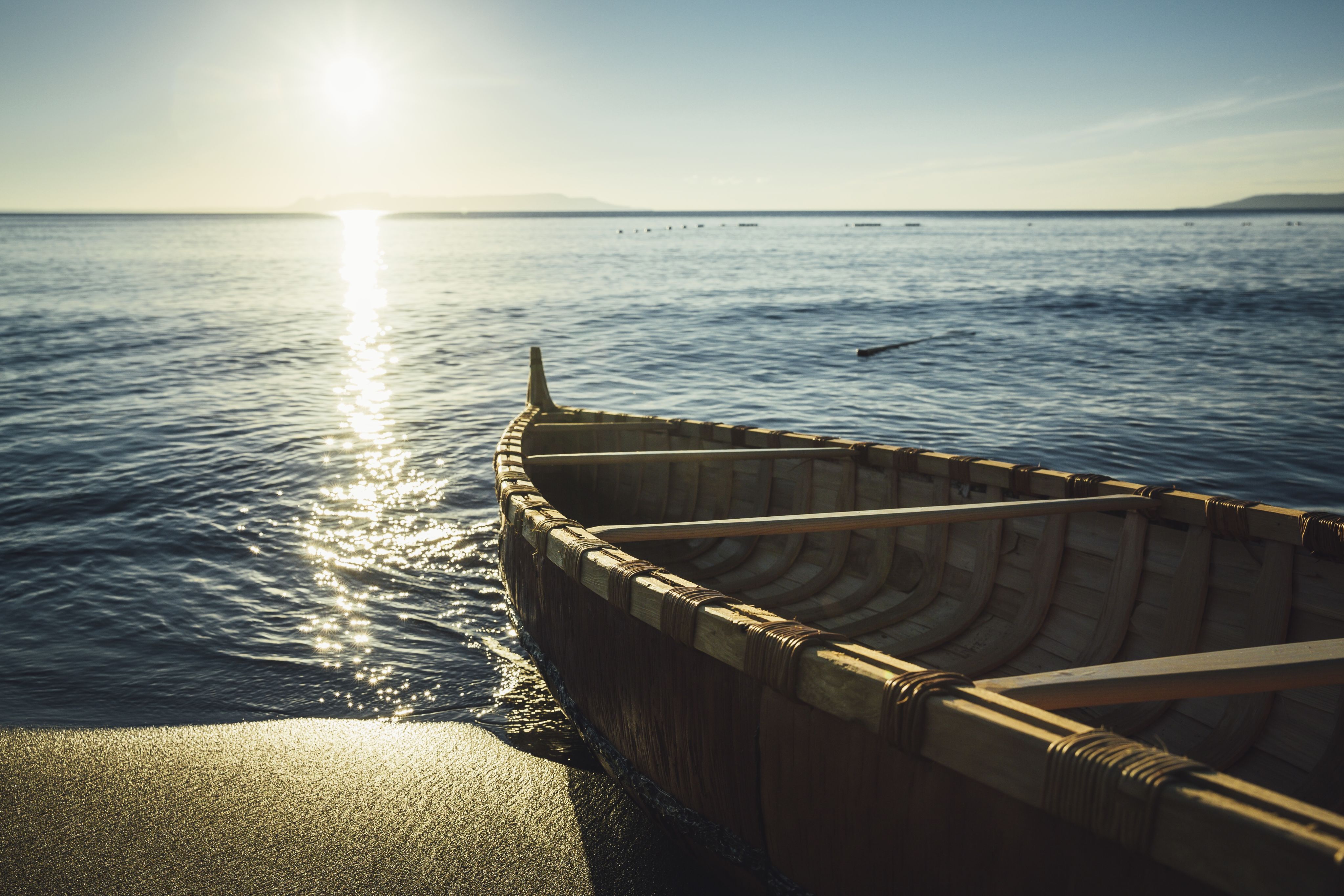
In the hands of Todd Labrador, Karl Chevrier and Chuck Commanda, the birchbark canoe is far more than a vessel — it's a living, breathing story.
Their journeys, shaped by ancestral knowledge, a reverence for the natural world, and a powerful sense of purpose, have brought traditional canoe building back to life and back to the people.
These three men, all in their sixties, walk distinct paths in different corners of Canada. Their methods may vary, and their lives may never intersect, yet they are united by a shared calling: to reclaim the wisdom of their ancestors and carry it forward for future generations.
Todd Labrador: Rooted in the Land
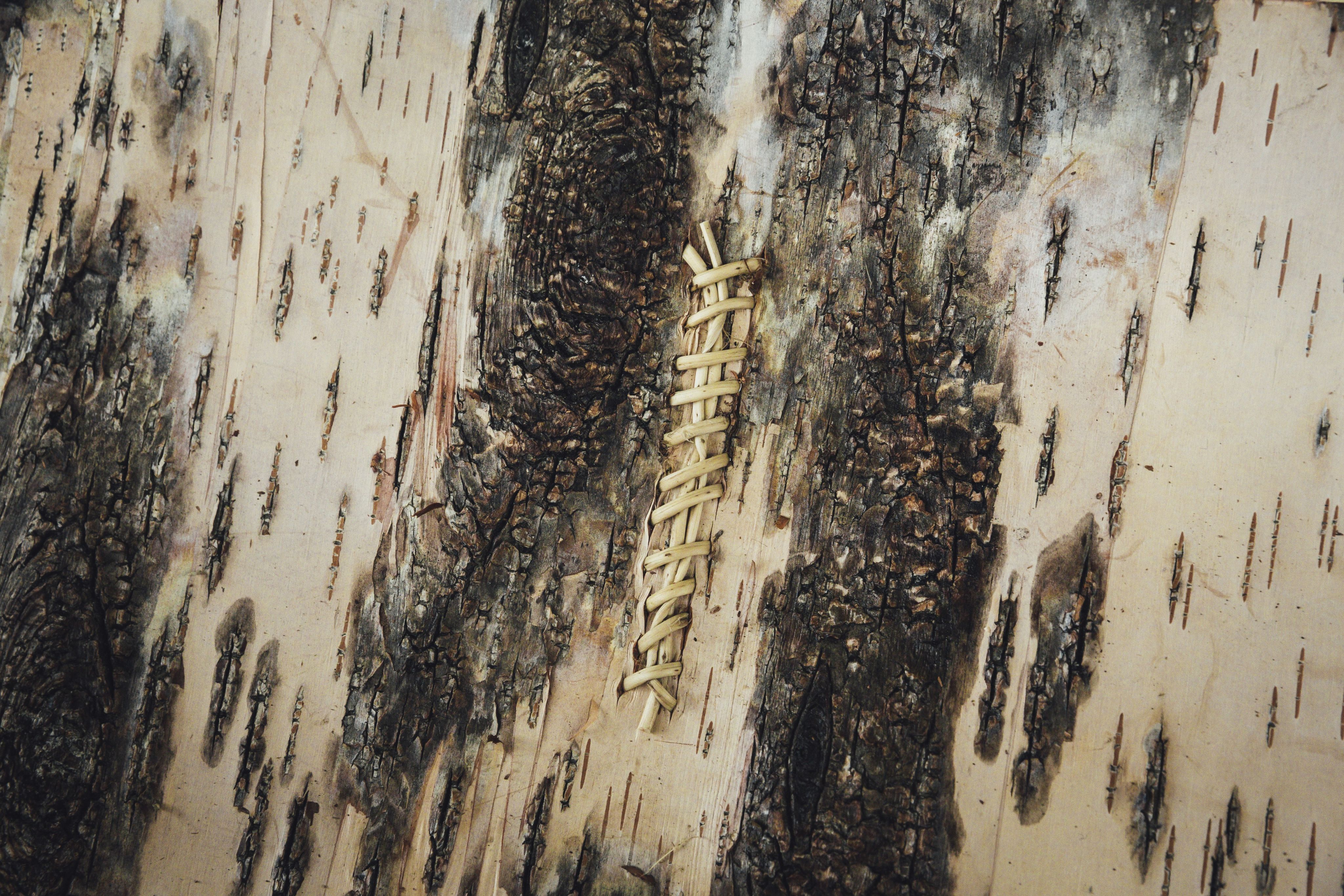
At the front of a crowded room on the second floor of a Community Hall in Yarmouth, Nova Scotia, Todd Labrador of the Mi'kmaq Nation quietly commands attention. Surrounded by handcrafted baskets, exquisite porcupine quill containers, and his 16-foot canoe, as he speaks, the room stills. Eyes sparkle as he talks about his grandfather, father, and daughter, Melinda — the threads of family running deep through his craft.
During the summer months, you can usually find Todd at Kejimkujik National Park. It was here he carried out his commission to build a 21-foot seaworthy canoe, destined for a place of honour at the new Canadian Canoe Museum in Peterborough, Ontario.
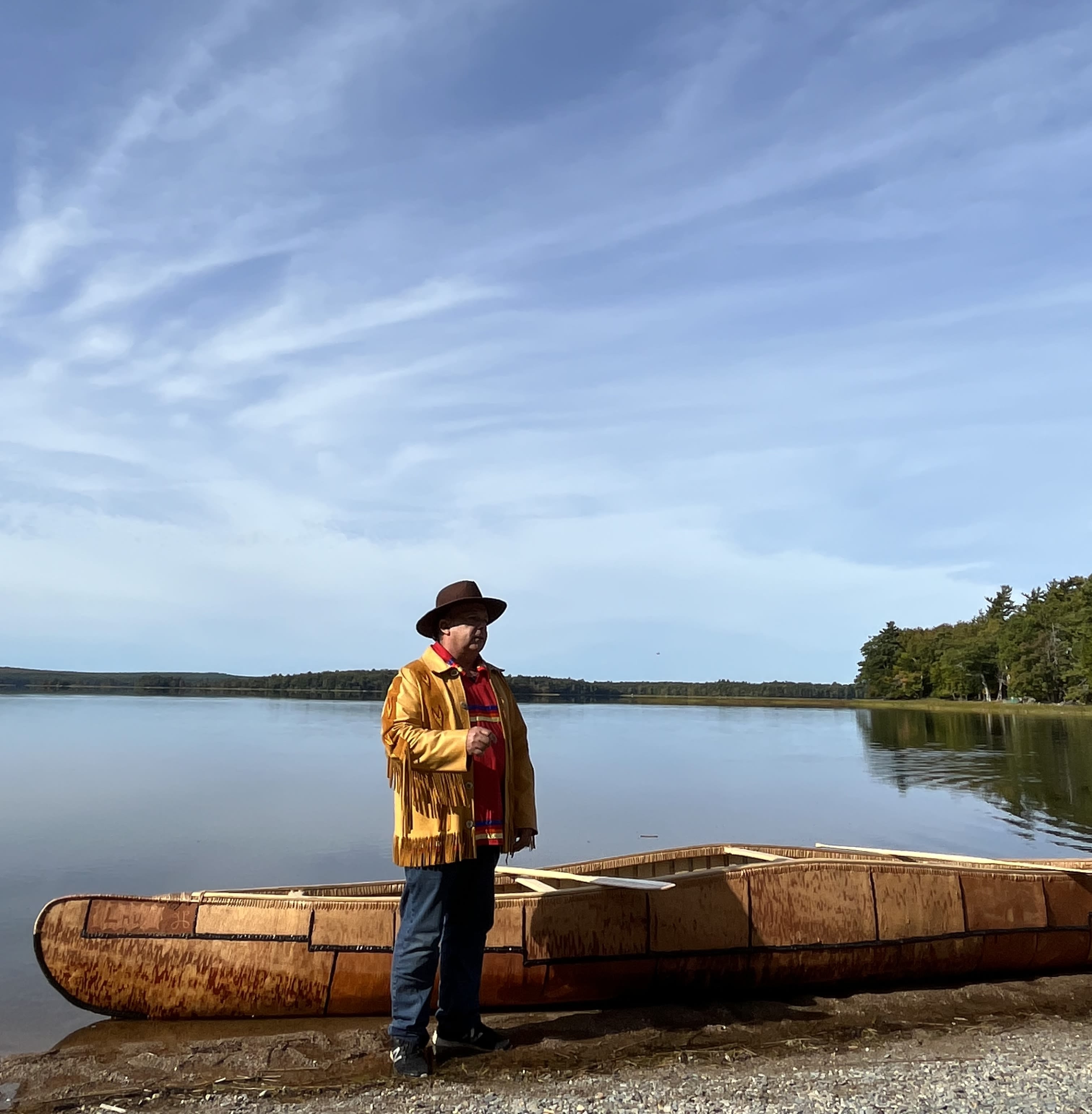
No mean feat, sometimes he had apprentices. Often, he toiled alone. When the day came to launch the canoe, the sun shimmered across the water, illuminating the handprints on the bow — a tribute to his daughter and grandkids accompanying him on the maiden voyage.
Living simply on his ancestral lands, Todd gently resists the suggestion that his lifestyle is demanding. "I have all that I need," he says, reflecting the harmony he's found with the land. Like the canoes he shapes, his teachings are meant to last, passed hand to hand, heart to heart.
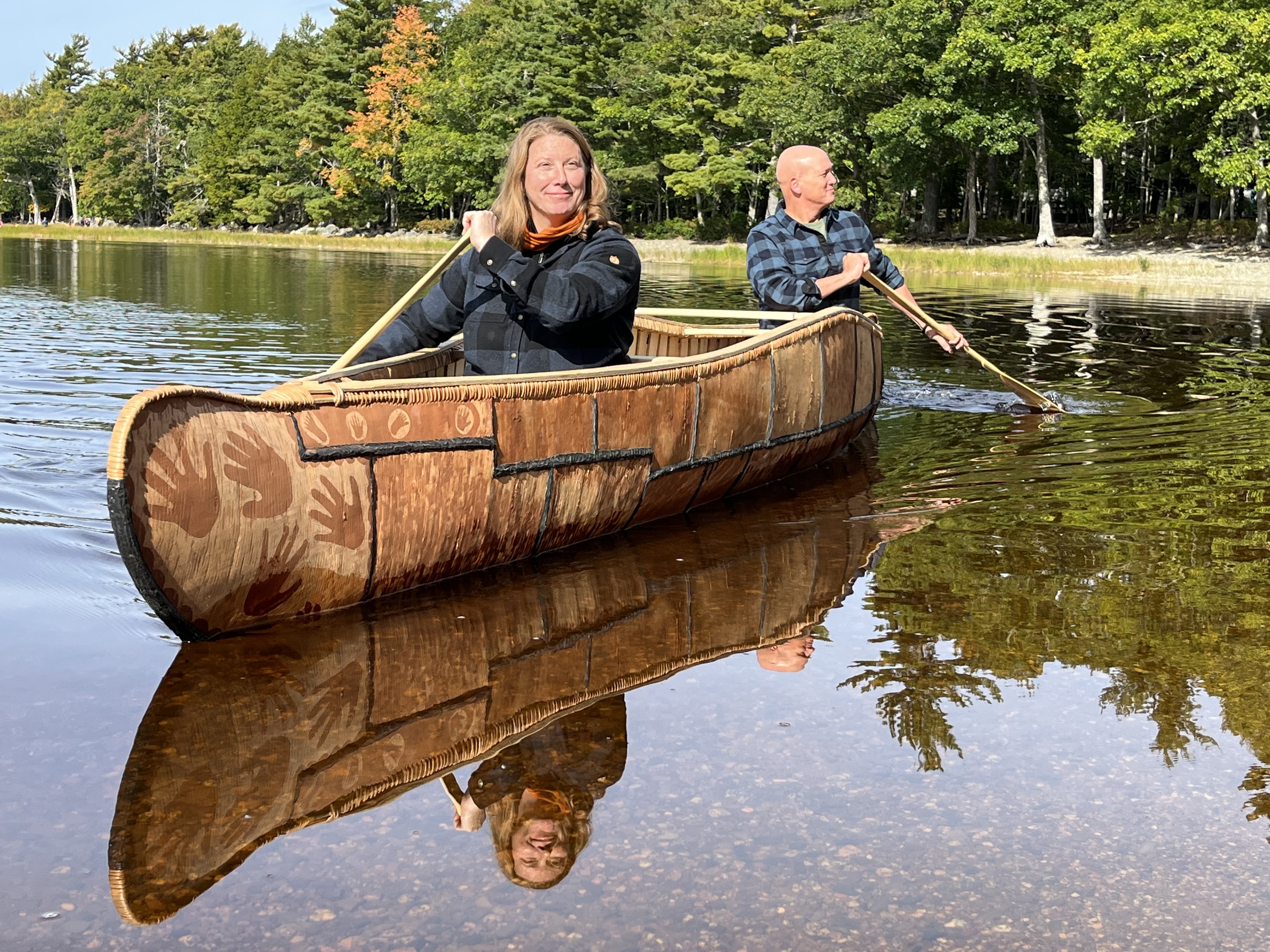
Karl Chevrier: The Return
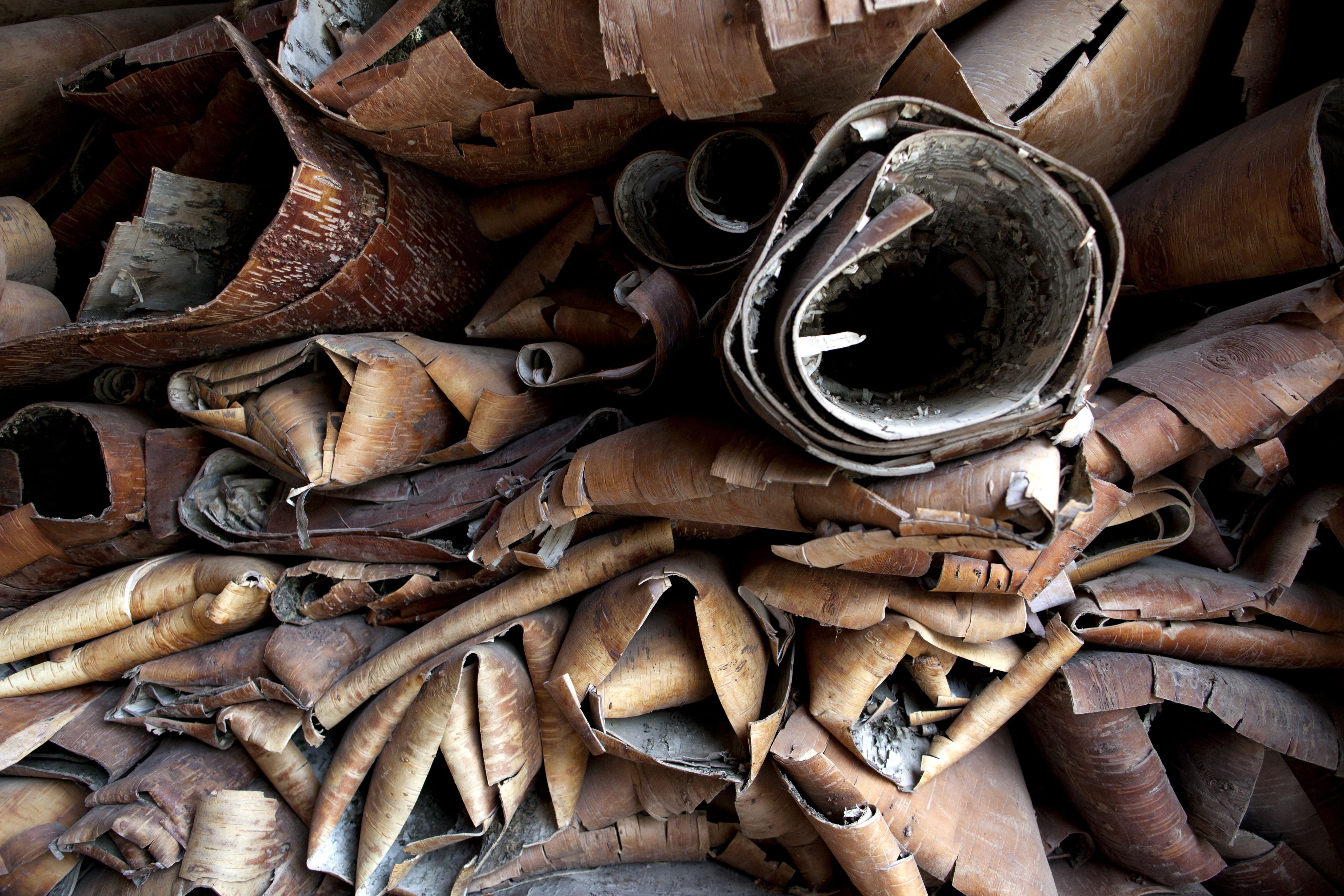
Relishing his role as a cultural facilitator at Parc national d'Opémican, Karl Chevrier stands tall at the water's edge, surrounded by the forest that has brought him peace, patience and compassion, for self and others.
His journey is one of return — having strayed from his roots, he found his way back through tradition, resetting his inner compass by relearning the language of land, water, and kinship. His quiet presence belies the depth of transformation he's undergone.
Karl is adamant that the teachings he has been given are for everyone: The bark canoe beside him is as much a symbol of personal redemption as it is of cultural revival. For Karl, building canoes is not simply about technique — it is about respect and restoring relationships with his family, the community, and the Earth.
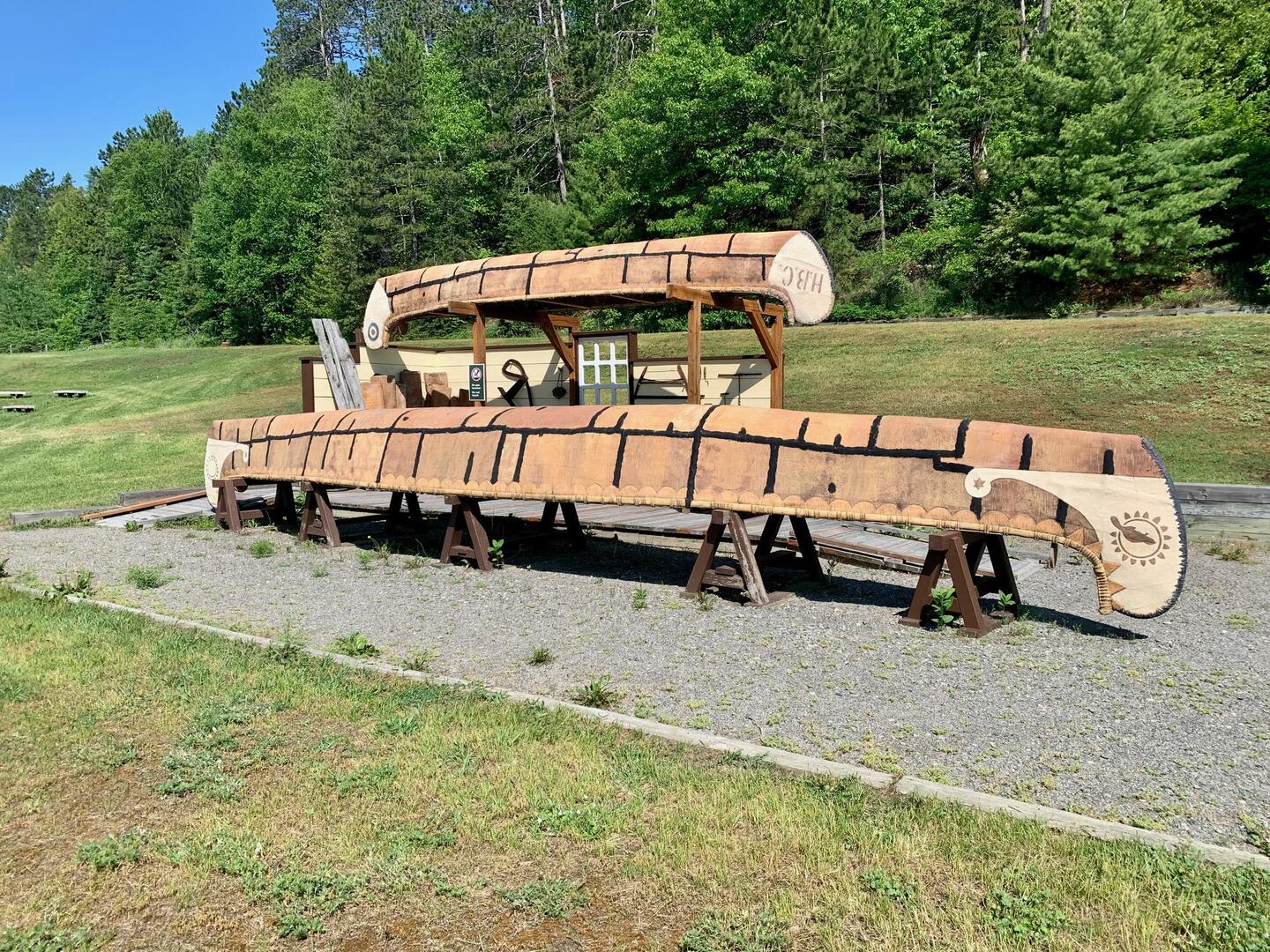
"I don't want just to show people how to build a canoe. I want to show them everything that flows from the process. It's not only the quality of your materials. It's the quality of your spirit and intent that gives life to your work."
His greatest hope is that his work will speak to all people — Indigenous and non-Indigenous alike "for it is our responsibility to pick up our brothers and sisters — regardless of age, gender, creed or colour."
A moment lingers in his memory — a young boy once asked, "Why don't they teach us this in school?" It's a question Karl carries with him, fuelling his commitment to education through action and example. His deepest wish remains that his art and teachings serve as a beacon for those on their own journeys of healing.
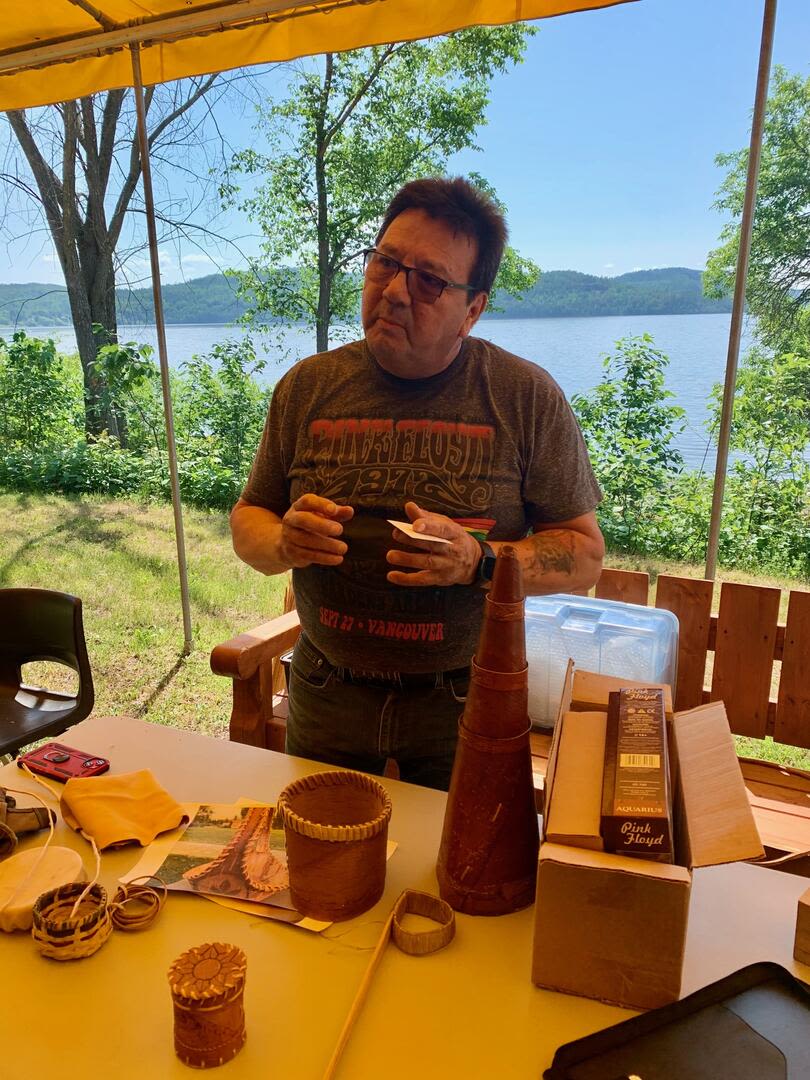
Chuck Commanda: The Bridge-Builder
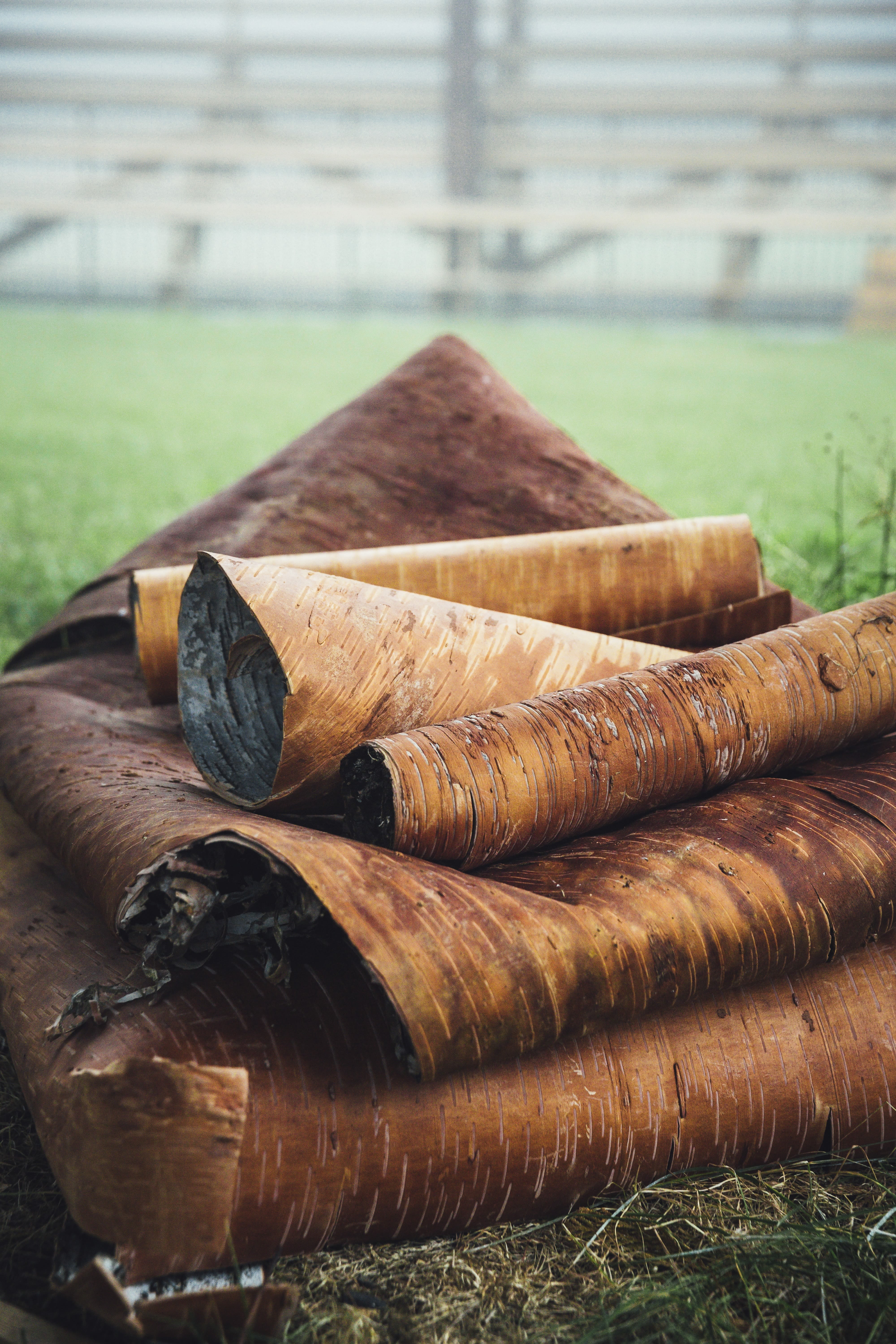
Chuck Commanda, the most outspoken of the three, was born into the legacy of canoe-making. The grandson of famed canoe-builders Mary and William Commanda of Kitigan Zibi, an Anishinaabe First Nation, Chuck absorbed the craft almost by osmosis, helping harvest raw materials, then observing "the magic' of how his kin wove the natural elements together to make a sturdy craft to carry his people forward. But that did not make his path easier.
Photo: Jane Finn
Photo: Jane Finn
William was the carrier of the 7 Fire Wampum belt and freely shared its knowledge with his grandson- but with that wisdom, there also came an obligation to get people from all walks of life to heed the need "for everyone to take their place in the Medicine Wheel as stewards to protect Mother Earth."
Chuck chose a different kind of classroom — not lecture halls, but community riverside builds, and school gymnasiums. He picked these settings to provide his students with a "hands-on experience, but more importantly, an opportunity to express their hopes, fears, and dreams" in a safe environment.
In one recent, remarkable build, he led Peel Board of Education students through a two-week canoe-making journey. Side by side, Indigenous and non-Indigenous youth discovered the art of construction and the deeper story of reconciliation — not through words, but through work, laughter, and shared purpose.
On the last day, as the finished canoe slid into the Credit River, his students beamed with pride and a sense of accomplishment, their paddles slicing through the water with purpose. From the shore, cheers erupted. For Chuck, that moment must have been pure medicine — proof that youth can find their voice when given the tools and space to create and move forward.
More Than Craftsmanship
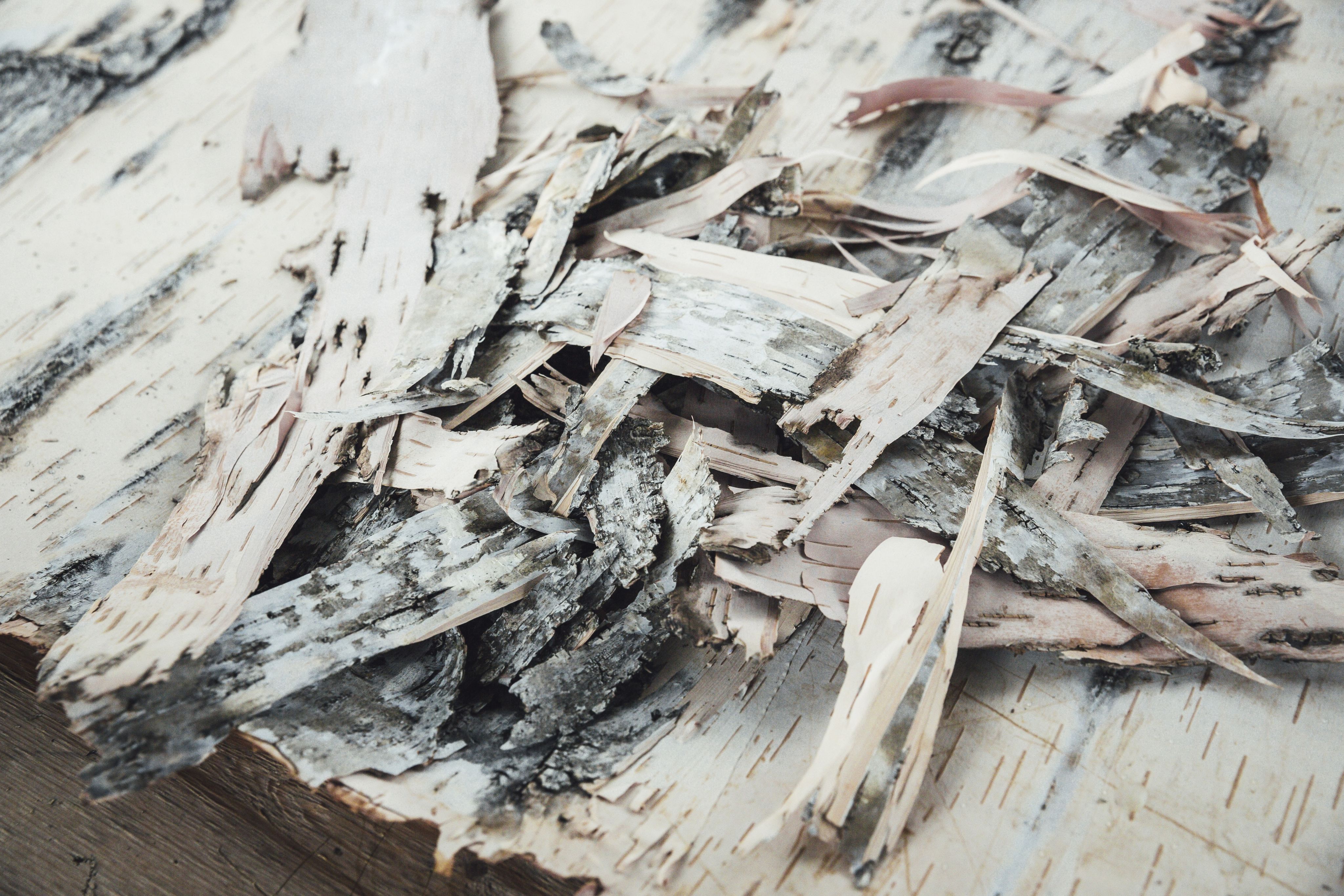
These builders are not just artisans — they are storytellers, teachers, and stewards of the Earth. They build canoes, yes — but more importantly, they build bridges: between past and present, culture and community, land and spirit.
Their stories remind us that we all have a part to play. Whether we live in cities or on the land, we are each called to be caretakers of the Earth and one another. Their work reminds us that the canoe is not merely a relic of the past, but a beacon for the future — a vessel of healing, reflection, and hope.
Each stroke of the paddle, each strip of bark stitched with spruce root, is an act of resilience. Through these canoes, these men have reclaimed a piece of their heritage and gifted it to us all.
Because, as Todd, Karl, and Chuck show us, it's not too late to mend what was broken. With care, connection, and courage, we can still paddle forward, together.
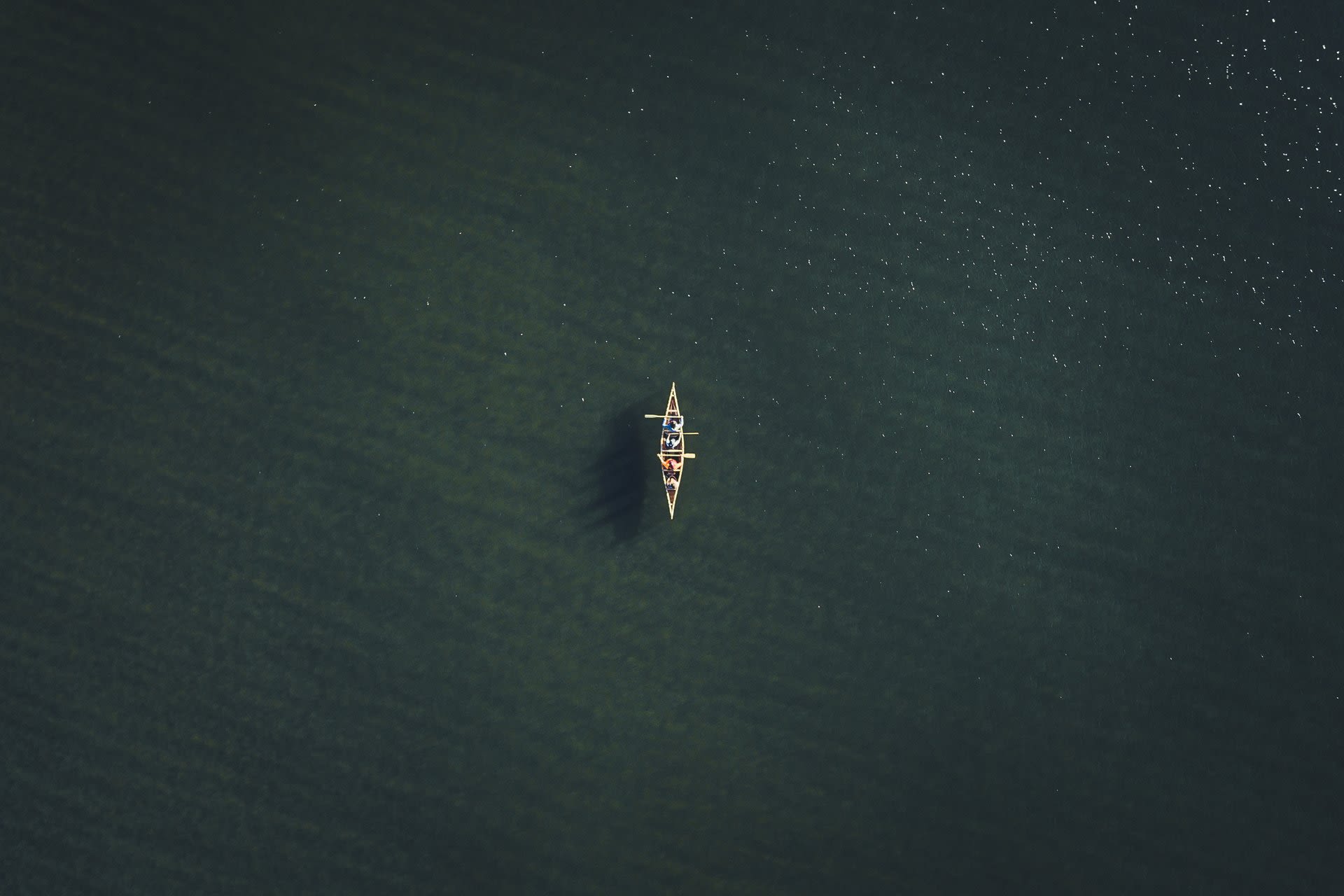
Jane Finn
Jane Finn is a freelance writer with a passion for storytelling. She writes to capture the spirit of the land and the people that live there. Her stories inspire readers to be curious, open-minded, and open-hearted when they travel and do more than visit the guidebook sites or the number one-rated restaurant in any destination.
Jane’s travels and her perspective on life have been enriched by the people she has met along the way. Through her writing Jane aims to connect community, culture and conservation.

Canada. Crafted by Canadians.
